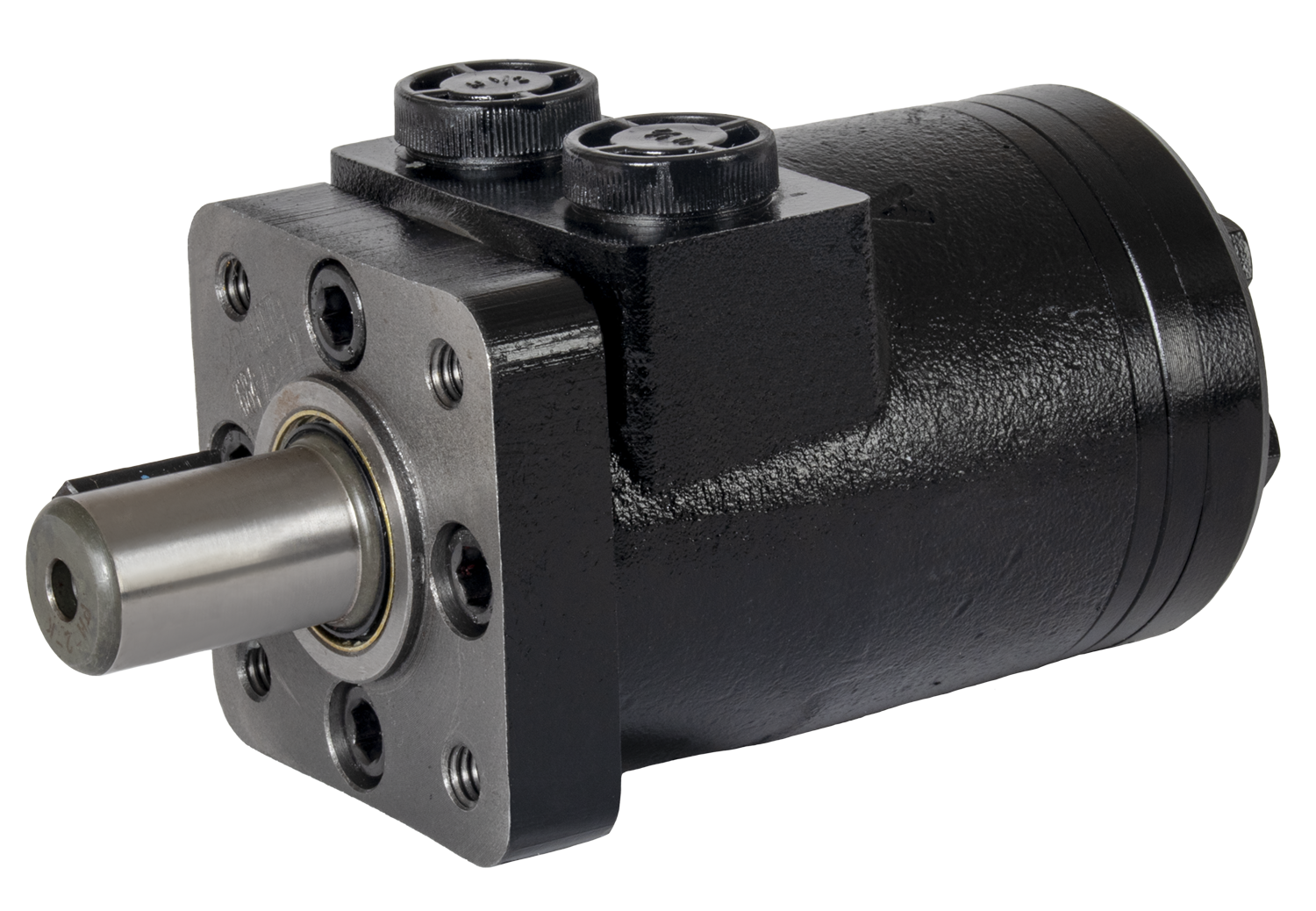The hydraulic motor converts fluid pressure into rotary motion. The pressurized fluid from the hydraulic pump rotates the motor output shaft by pushing the gears, pistons, or propellers of the hydraulic motor.
Hydraulic motors can be used for direct-drive applications where adequate torque capacity is available or via reduction gears. You can also get more information about hydraulic motors through the web.

Image Source: Google
Most hydraulic motors are required to operate under reversible rev and stop conditions. Hydraulic motors often have to operate at relatively low speeds and high pressures and can be exposed to large temperature and speed fluctuations during normal operation. Hydraulic motors can provide very high torque.
There are three types of hydraulic motors: gears, pistons, and blades. The toothed motor is compact and offers continuous operation at nominal power with moderate efficiency.
They have a high tolerance for hydraulic oil contamination, which is important for applications in dirty environments. An external gear motor consists of a pair of combined gears housed in a single housing.
Both gears have the same tooth shape and are driven by fluid under pressure. One gear is connected to the output shaft and the other to the idling. Pressurized fluid enters the housing at the junction of the gears.
This forces the gears to rotate and follow the path of least resistance around the perimeter of the housing. The fluid exits at low pressure on the opposite side of the motor.
